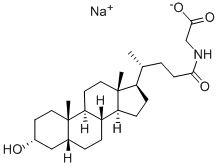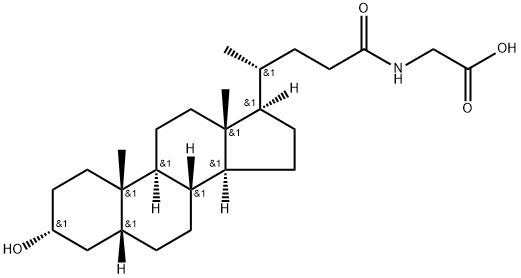ArachidoylEthanolamide(N-Arachidoylethanolamine) , 98% , 94421-69-9
| Pack Size | Price | Stock | Quantity |
| 10mg | RMB2456.00 | In Stock |
|
| others | Enquire |
PRODUCT Properties
| solubility | DMF: 10 mg/ml; DMSO: 20 mg/ml; Ethanol: 2.5 mg/ml; PBS (pH 7.2): .15 mg/ml |
| form | A crystalline solid |
Description and Uses
The endocannabinoids present a rich system of central cannabinoid (CB1), peripheral cannabinoid (CB2), and non-
Arachidoyl Ethanolamide (N-(2-hydroxyethyl)-eicosanamide) is an ester product.






